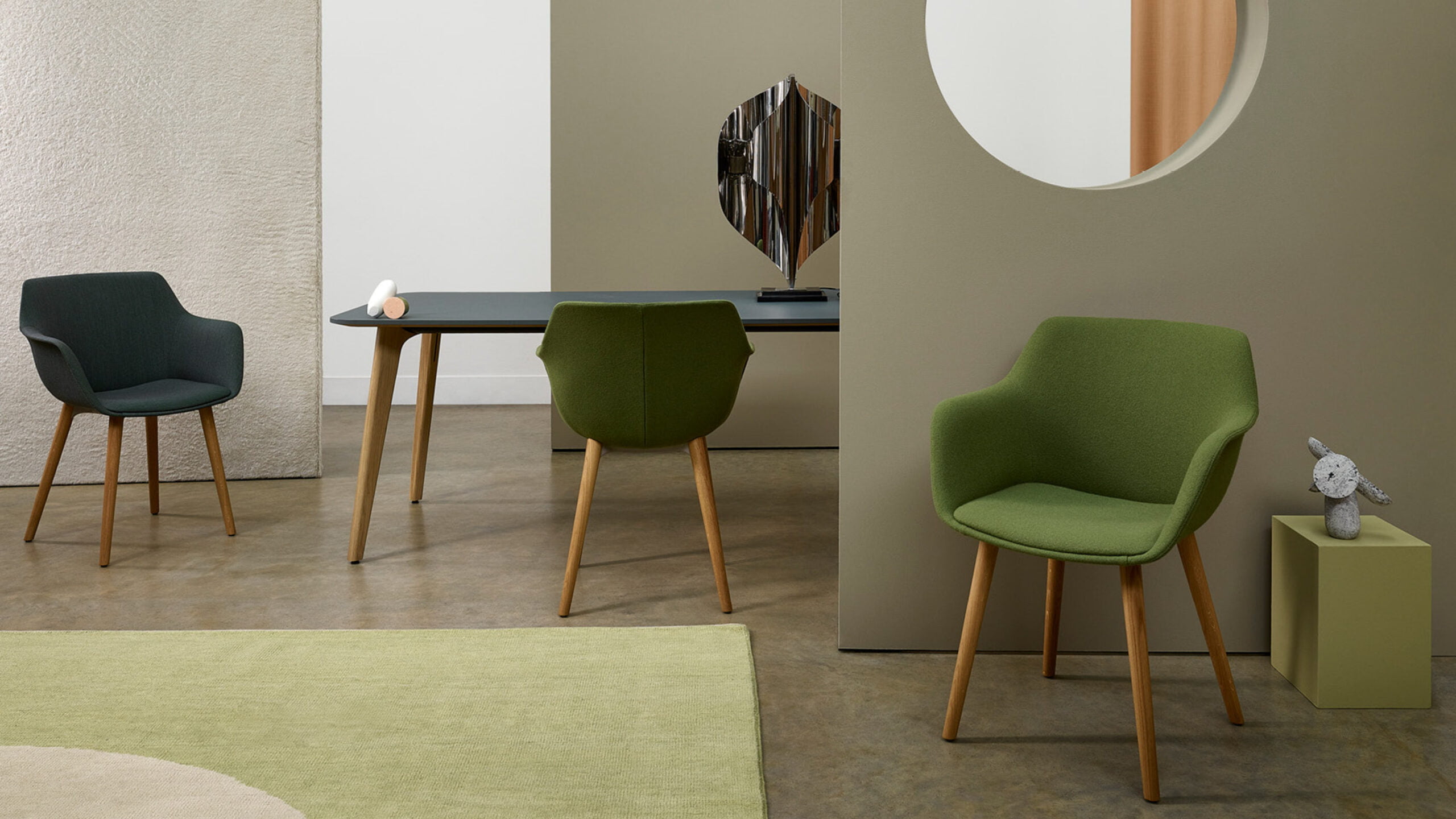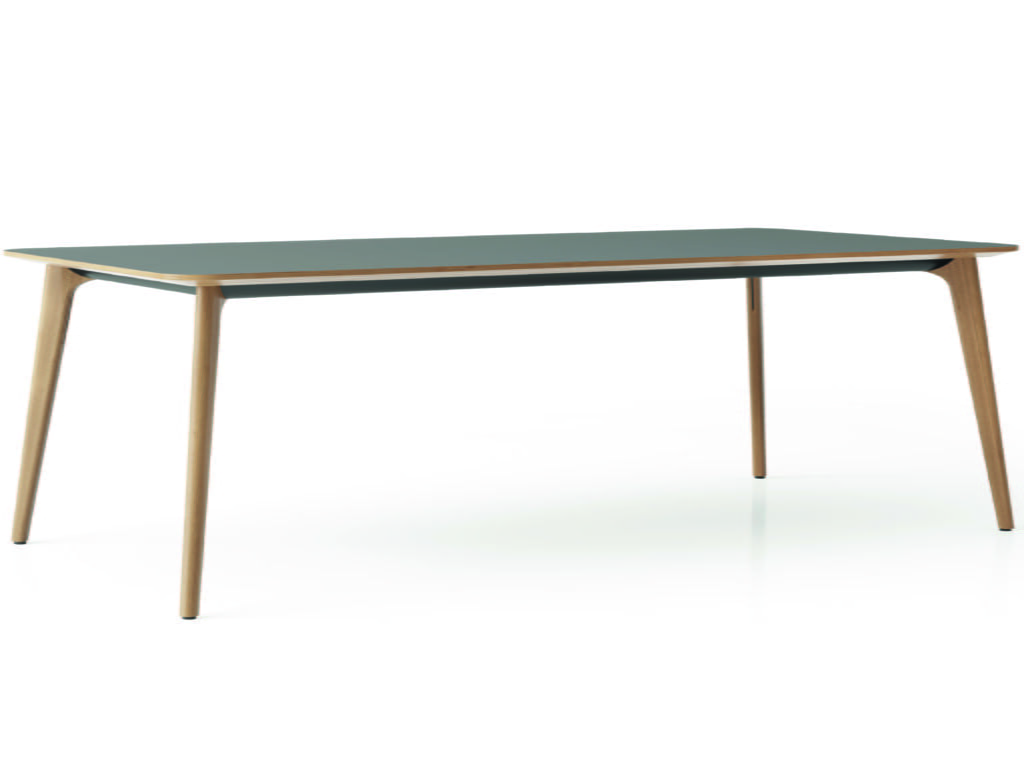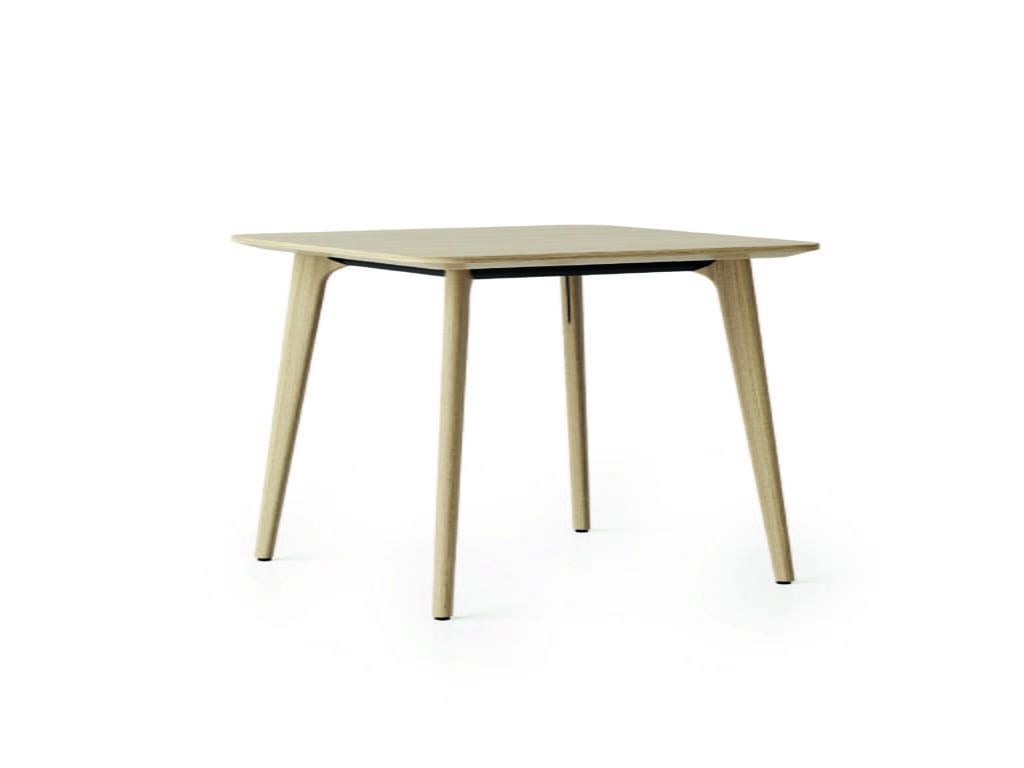
The story is legend in the advertising industry. Back in 1996, the agency Mother was launched around a kitchen table in London. Fast-growing thanks to its creativity, the company says it owes its success to the immediacy and intimacy of working around a table and when it moved into its Shoreditch workspace by Clive Wilkinson Architects in 2004, this way of working remained central – only now Mother’s iconic kitchen table seats up to 200 people.
This is just one example among the thousands of companies around the world that owe their origins to the humble kitchen table. In business, ‘kitchen table’ has become synonymous with innovation, independence, flexibility, creativity and growth. The UK website Startups even presents Kitchen Table Awards to new businesses every year.
However, with COVID-19 and work from home, the reputation of the kitchen table itself has taken a dent. This piece of furniture that once spoke of potential has become associated with working alone, Zoom calls in pyjamas and the distraction of domestic duties.


Kitchen table renaissance
Everything the kitchen table represents in the home is valuable in the workplace. It’s a place for every-day conversations, where people can sit down, be themselves, express their feelings and ideas, listen to one another and explore the options with tea and coffee close at hand. There are norms of behaviour but no right or wrong. People can come and go as they choose, or zone out to focus on something else, and it won’t affect their position in the family. There is always a feeling of belonging.
Introducing kitchen table thinking in office design schemes creates that sense of family to work groups. Having worktables in the centre of studio spaces or at various locations in larger open plan settings fosters cohesion and inclusivity, forming the basis for collaboration, creative thinking and innovation.
Teamwork and productivity
A large worktable (or table clusters) functions in a variety of ways. A team that is working on a specific project can meet informally around the kitchen table to talk, listen and share ideas, review work-in-progress, and so on. Members of the team can choose whether they want to work together at the table for the duration or utilise it as and when necessary.
Equally, it can be a place where ad hoc groups sit together by choice, working individually and communicating generally, keeping one another up to speed on their projects or the general direction of the business. In scenarios like this, employees engage with their organisation by osmosis, with social contact at work as a catalyst.
In businesses that scale to meet project requirements, the kitchen table is often where freelancers sit, hot-desking and collaborating with permanent employees. It becomes like a co-working space – one the host company can benefit from. Bringing not just their skills but outside ideas, opinions, new knowledge and different perspectives, freelancers and consultants keep the atmosphere fresh and interesting.

Pros and cons
Of course, there are caveats. While some employees can concentrate in busy environments, many require the visual and acoustic privacy of dedicated focus working areas such as pods or cubicles. Meeting rooms will always be required for private conversations and decision making.
The kitchen table functions best in workspaces designed so that people can choose where and how they work. In industries where there is a frequent need to collaborate, it’s a go-to solution but how kitchen table thinking is deployed within an organisation depends on a range of factors including its size, purpose, how its employees want to work and what they need to be productive. It’s an excellent tool where businesses want to nurture team performance.
Table working benefits employee health and wellbeing. Studies in US federal buildings have shown that open plan tables and seating encourage employees to move around 32% more than those in private offices and 20% more than those in cubicles. Workers in open plan scenarios have perceived stress levels 9% lower than those in cubicles. Other research has shown that happy employees are around 20% more productive.
The kitchen table aesthetic
In terms of the look and feel of tabling used in this way, designers recommend moving away from traditional meeting room tables. A prestige boardroom table will send the wrong message, while equally the kitchen table metaphor should not be taken too literally. A domestic kitchen table is not the answer in most layouts.
With the softening of the office, a variety of tables designed for more informal work settings is available. For example, Niko by Boss Design brings with it a considered look, combining modern, organic lines with a hint of tradition in its timber legs. Its shape, dimensions, table surface and edge finish can all be specified. Neither too formal nor too informal, it is practical, versatile and welcoming, exemplifying kitchen table thinking within a work environment.
Boss Design – March 2024
Boss Design UK
DY2 8SZ.
t. +44 (0) 1384 455570
Boss Design US
High Point N.C. 27262
t. +1 336 889 9400
© Boss Design.

Please wait while you are redirected to the right page...